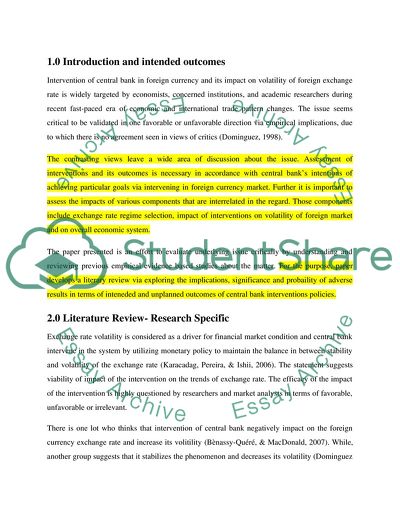Cite this document
(Central bank intervention and exchange rate volatility 2152 Essay, n.d.)
Central bank intervention and exchange rate volatility 2152 Essay. https://studentshare.org/finance-accounting/1855922-central-bank-intervention-and-exchange-rate-volatility-2152
Central bank intervention and exchange rate volatility 2152 Essay. https://studentshare.org/finance-accounting/1855922-central-bank-intervention-and-exchange-rate-volatility-2152
(Central Bank Intervention and Exchange Rate Volatility 2152 Essay)
Central Bank Intervention and Exchange Rate Volatility 2152 Essay. https://studentshare.org/finance-accounting/1855922-central-bank-intervention-and-exchange-rate-volatility-2152.
Central Bank Intervention and Exchange Rate Volatility 2152 Essay. https://studentshare.org/finance-accounting/1855922-central-bank-intervention-and-exchange-rate-volatility-2152.
“Central Bank Intervention and Exchange Rate Volatility 2152 Essay”. https://studentshare.org/finance-accounting/1855922-central-bank-intervention-and-exchange-rate-volatility-2152.


